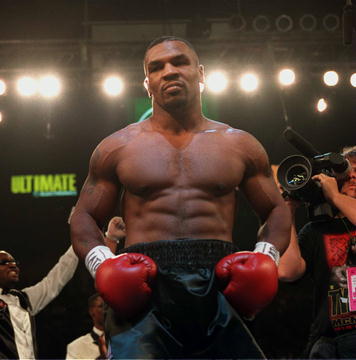
Adverts aimed at women tend to emphasize beauty and youth.

Gender roles vary from culture to culture and time to time, the extent to which we are expected to conform to these roles also varies. In some cultures deviating from the expected behaviour can result in a death sentence, in others deviation from the norm is accepted and even embraced.

You would be a fool not to acknowldege the significantly different approaches required when marketing a product to men or women.
Men tend to be controlled by Agentic goals, focused on self assertion and mastery.
Women are taught to value Communal goals such as affiliation and establishing harmonious relationships.
Throughout history marketing has been dominated by male values, with most situations handled in a more masculine fashion. As more women graduate and become succesful however we will likely see a shift in marketing strategy.
Gender should not be confused with sexual identity. Masculinity and Femininity are not innate, they are non biological characteristics that can vary considerably from culture to culture. In some cultures it is the cultural norm for male friends to hold hands, in others this would be considered unusual and a more feminine characteristic.
Sex typed marketing intentionally alligns a product or brand with one sex, taking on either masculine or feminine attributes.
Notice the association with physical prowess and ambition.
Clearly linking the product to beauty and youth.
Notice the products are very similar, they are both haircare products designed to improve the appearance of hair but they are advertised in 2 completly different ways. Without alligning the product to a specific sex it probably wouldnt sell. Why, because men and women want things for completly different reasons.
Androgyny refers to the possession of both male and female characteristics. No one is 100% masculine, nor is anyone 100% feminine, we all possess a mix of tendencies, however much of a man or a woman we feel we are.
Gender roles for men and women seem to be blurring as time goes on. Many women are now working and earning money, something far less common in previous years. Mens roles are also changing, previous masculine stereotypes are being disspelled and characteristics such as close male friendships are being utilised in marketing campaigns.
Marketing products to a male audience or a female audience is becoming more challenging, relying on traditional stereotypes as the foundation for contemporary marketing campaigns will leave you with an incomplete picture. What does the future hold for male and female gender roles? Only time will tell.
This is a really interesting read. Yo uhave a fabulous style for blogging and your examples are extremely well considered. Thanks
ReplyDeleteHi Chris!
ReplyDeleteJust to let you know I've been reading your blogs too! I love the way you balance some heavyweight theory with your own personable writing style.
Am looking forward to the next installment whenever that might be...